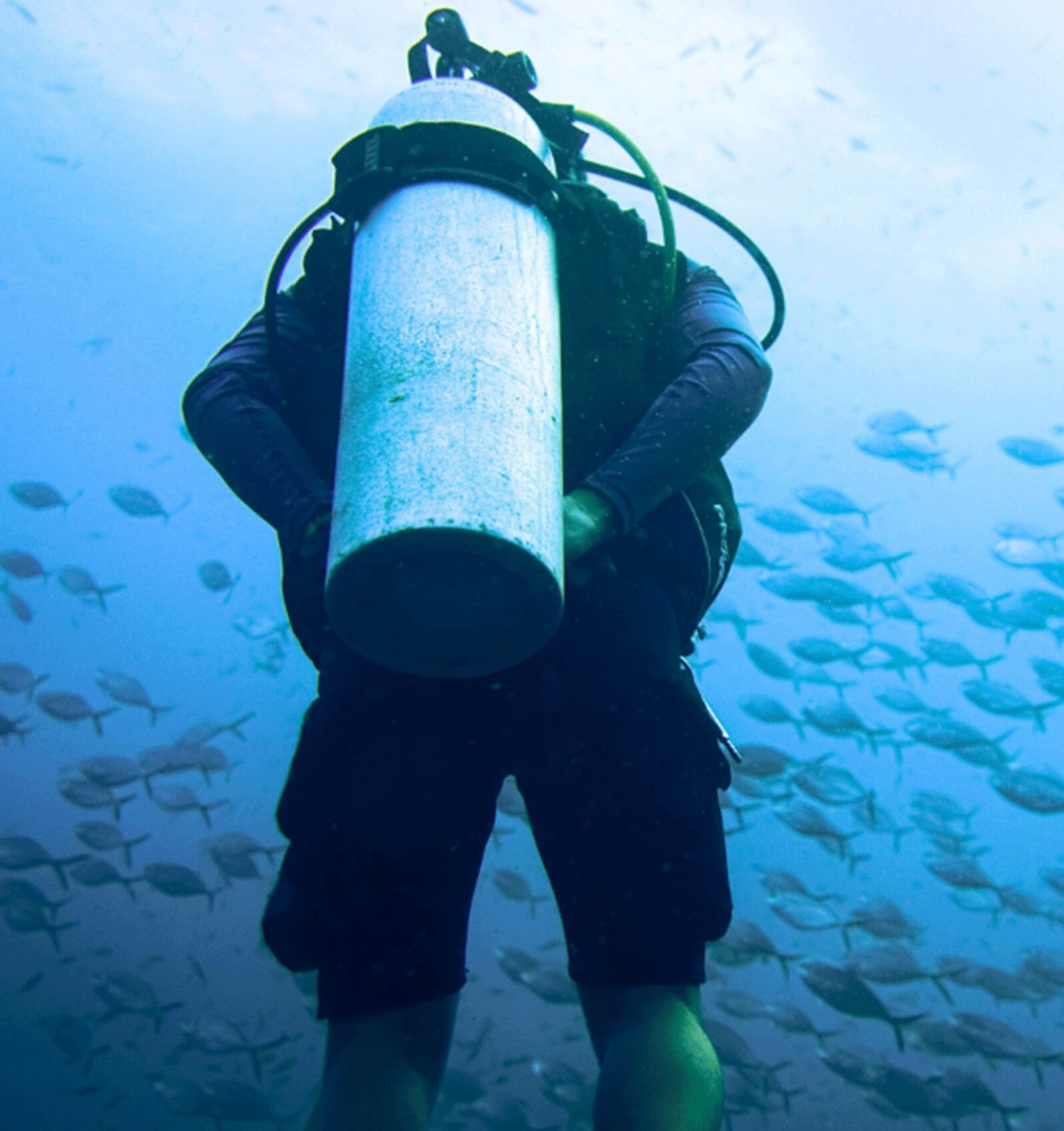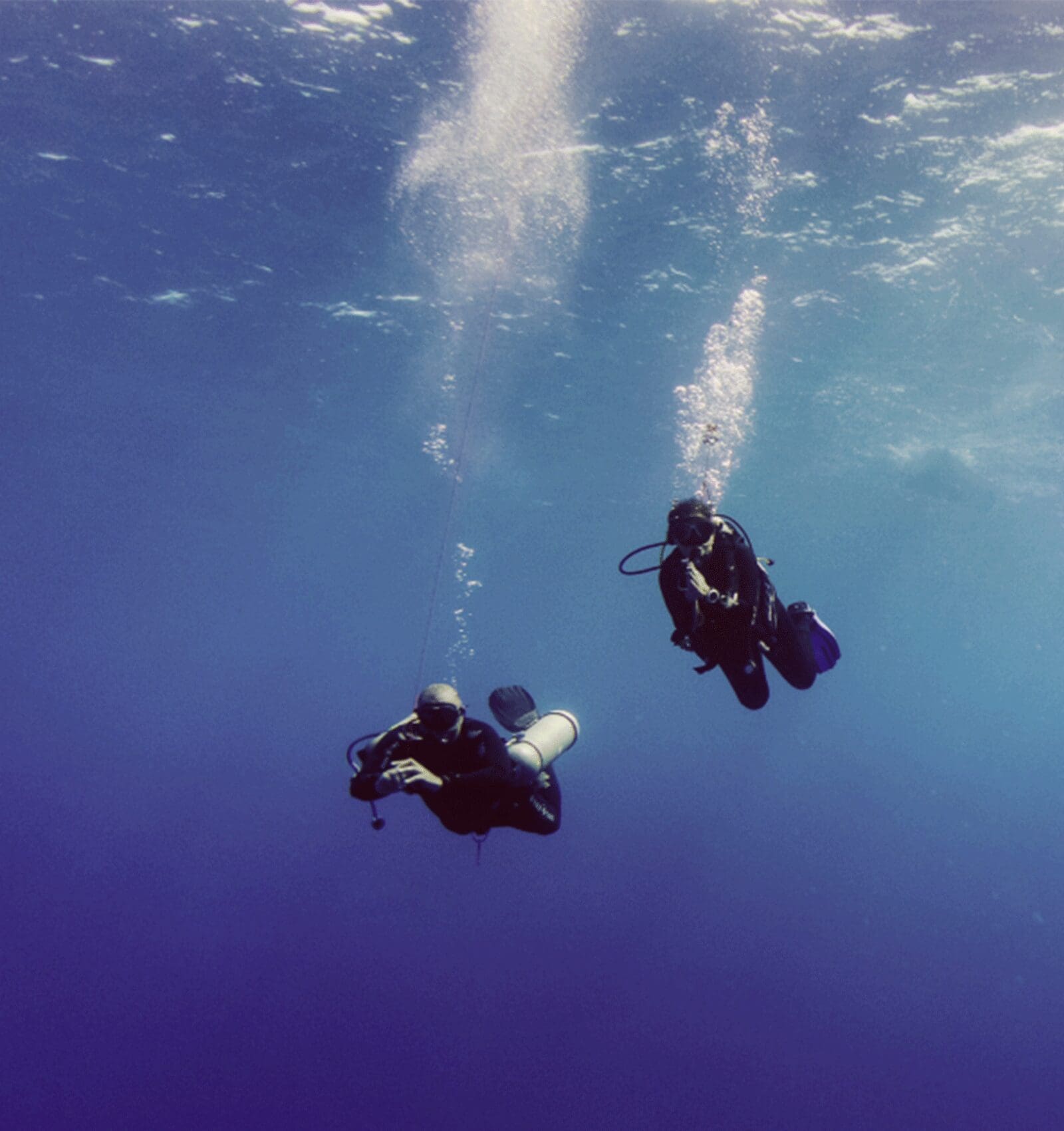Whale Sharks in Boracay
What You Need to Know About These Gentle Giants
Whale Sharks in Boracay: What You Need to Know About These Gentle Giants
Whale sharks are one of the ocean’s most enigmatic creatures, revered for their massive size and gentle nature. While Boracay is known for its vibrant marine life, whale sharks are an infrequent sight in these waters. However, understanding more about these magnificent creatures and their habits can enhance your appreciation of the marine environment in Boracay and the Philippines as a whole.
What Are Whale Sharks?
Whale sharks (Rhincodon typus) are the largest fish in the sea, with some individuals reaching lengths of up to 40 feet or more. Despite their enormous size, these gentle giants pose no threat to humans. They are filter feeders, meaning they feed by swimming with their mouths open, filtering out plankton, small fish, and other tiny organisms from the water. This feeding behavior is a sight to behold, as it showcases the grace and tranquility of these otherwise formidable-looking creatures.
Interesting Facts About Whale Sharks:
-
Lifespan: Whale sharks are believed to live for up to 70 years, although some researchers suggest they could live even longer. However, their slow growth rate and late sexual maturity make them vulnerable to threats.
-
Migration: Whale sharks are highly migratory, often traveling thousands of miles across oceans. They are found in tropical and warm temperate seas worldwide, with certain areas known to be seasonal hotspots for sightings.
-
Unique Patterns: Each whale shark has a unique pattern of white spots and stripes on its body, similar to a human fingerprint. These patterns help researchers identify and track individual sharks.
-
Reproduction: Much about whale shark reproduction remains a mystery, but it is known that they give birth to live young. The young, called pups, are about 2 feet long when born.
Where Can You Find Whale Sharks?
Whale sharks are typically found in warm, tropical waters. They are known to migrate vast distances, following the availability of plankton and other food sources. Some of the most famous locations for whale shark encounters include the Yucatan Peninsula in Mexico, Ningaloo Reef in Australia, and various regions in the Philippines.
Are There Whale Sharks in Boracay?
While Boracay is renowned for its crystal-clear waters and thriving marine life, whale sharks are not commonly seen in this area. The island’s waters provide an excellent environment for a wide variety of marine species, but the conditions that attract whale sharks—such as large concentrations of plankton—are not consistently present. This makes sightings rare, though not entirely impossible.
Where Are Whale Sharks Commonly Seen in the Philippines?
For those eager to see whale sharks in the Philippines, several locations are known for more frequent sightings:
-
Oslob, Cebu: Oslob is perhaps the most well-known place in the Philippines to see whale sharks. Here, local fishermen have created a controversial feeding program that attracts whale sharks year-round. While this guarantees sightings, it has raised ethical concerns regarding the impact on the sharks’ natural behavior and health.
-
Donsol, Sorsogon: Donsol offers a more natural and sustainable whale shark encounter. Between November and June, these gentle giants congregate in the waters off Donsol to feed on the abundant plankton. The interaction here is regulated to minimize human impact.
-
Southern Leyte: Less crowded than Oslob and Donsol, Southern Leyte is becoming an increasingly popular spot for whale shark sightings. The area is known for its more serene environment and offers a chance to see these creatures without the tourist crowds.
Why Are Whale Shark Sightings Rare in Boracay?
The rarity of whale shark sightings in Boracay can be attributed to several environmental factors. Whale sharks tend to follow the food, which in their case is primarily plankton. Boracay’s waters, while rich in marine biodiversity, may not consistently have the large concentrations of plankton that attract whale sharks. Additionally, their migratory nature means they are often passing through different regions depending on the time of year.
Can You Increase Your Chances of Seeing a Whale Shark in Boracay?
While it’s unlikely to encounter a whale shark in Boracay, there are certain times of the year when you might get lucky. Keeping an eye on reports of whale shark sightings and visiting during periods when plankton blooms are more likely could slightly increase your chances. However, for those specifically seeking a whale shark encounter, traveling to one of the aforementioned locations in the Philippines is recommended.
Whale sharks are truly one of nature’s wonders, inspiring awe and admiration wherever they are found. While Boracay may not be a hotspot for whale shark sightings, it still offers an incredible diving experience with its rich marine life. For those determined to see whale sharks, destinations like Oslob, Donsol, and Southern Leyte provide more reliable opportunities within the Philippines. Whether you’re exploring Boracay’s vibrant underwater world or venturing to other parts of the Philippines, the experience of diving in these waters is always unforgettable.

Wish to know more about the diving in Boracay? Our team will be delighted to answer your questions and let us know why we should be your first choice when planning your dive vacation to the Philippines. We hope to hear from you soon!
